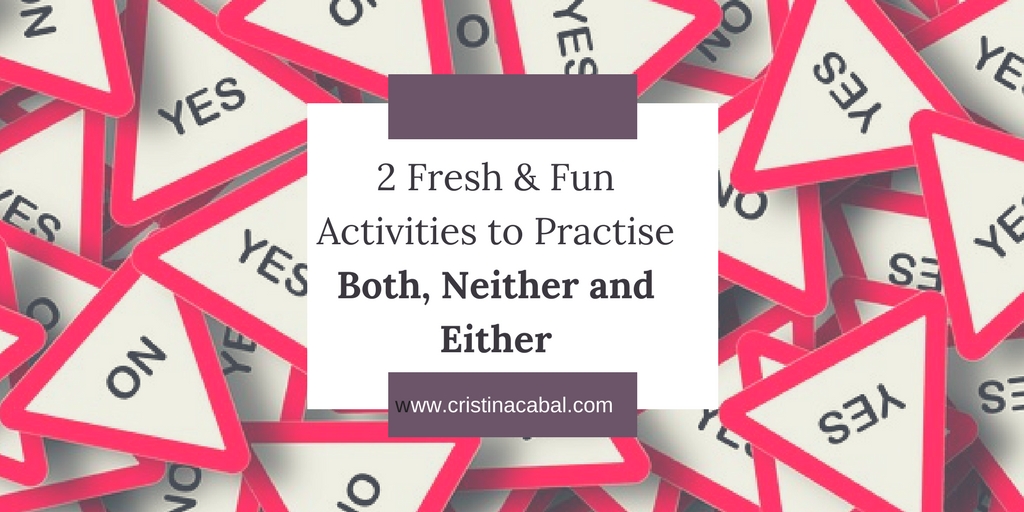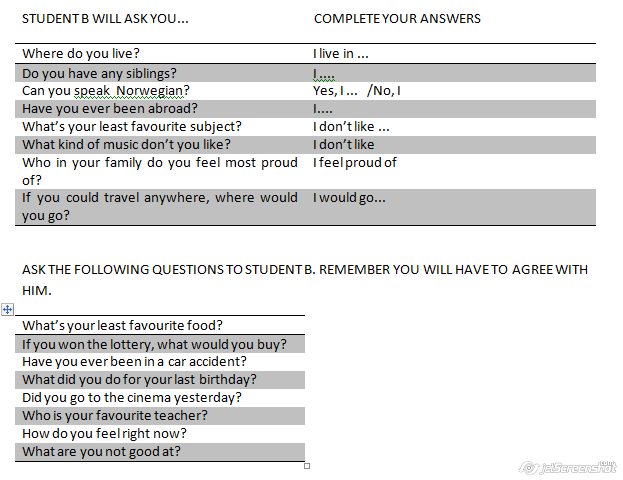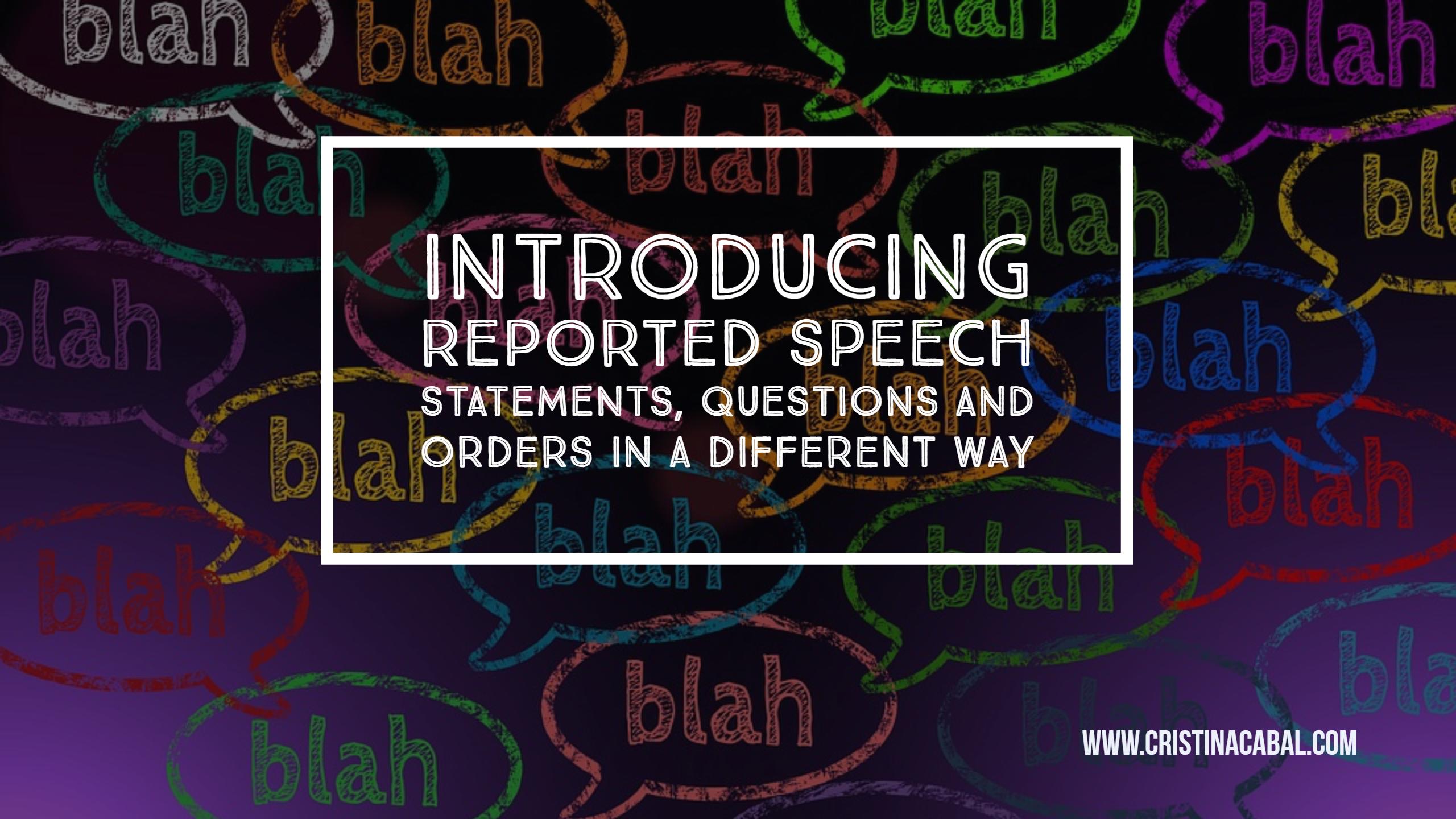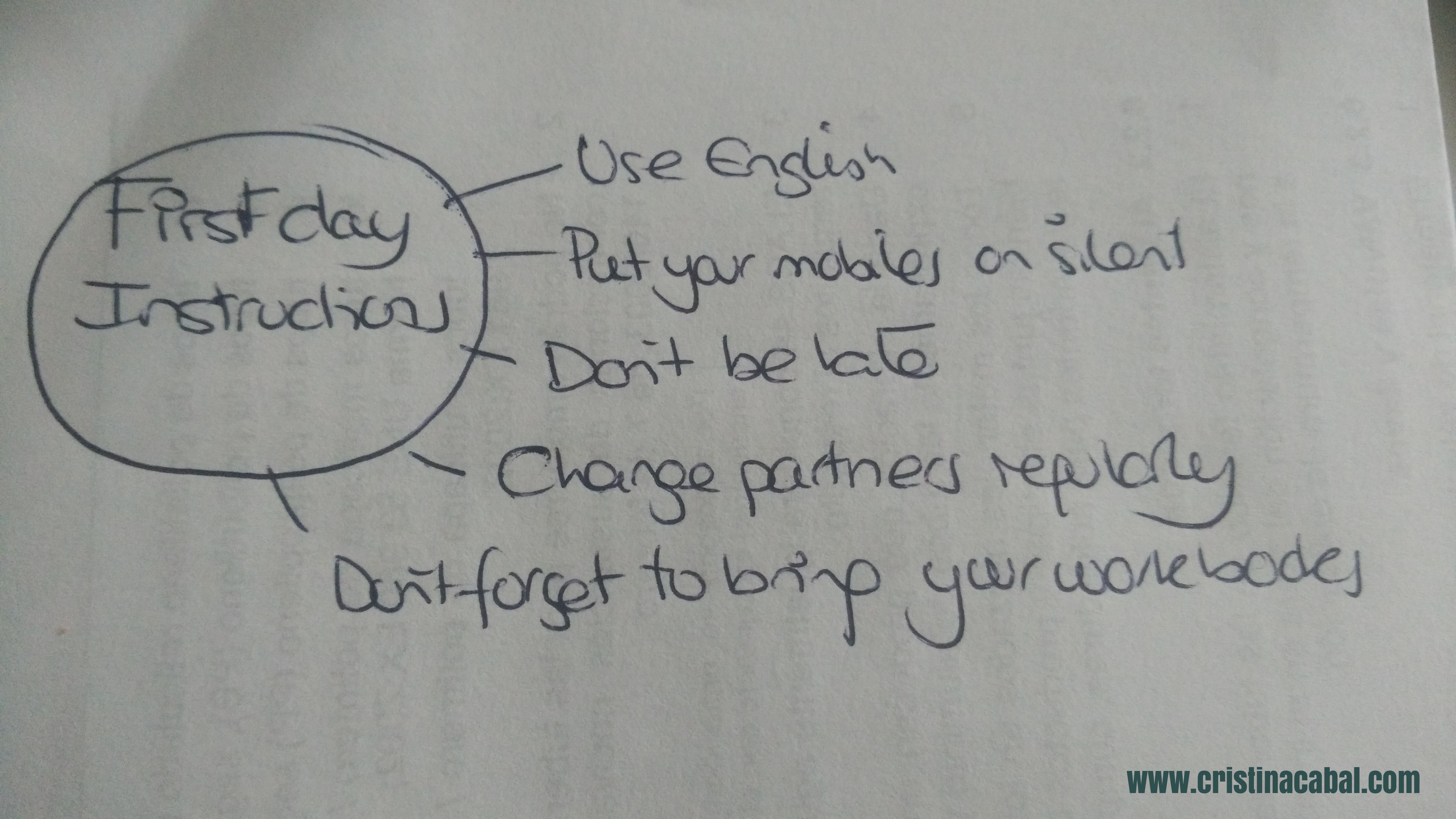“To me, old age is always ten years older than I am” John Burroughs
In this engaging lesson, students will consolidate the use of future perfect and future perfect continuous through some engaging activities.
WARM UP
Show them a picture of how you see yourself when you are 70 and explain why you see yourself like that. (below you’ll see the picture I showed my students). After some laughs and a bit of explaining, ask students:
How do you see yourselves when you are 70? Do you look forward to getting old?
Ask them to talk in pairs for two or three minutes and get feedback.

THE POEM- WARMING by Jenny Joseph
This is a nice opportunity to introduce poetry in class.
Explain that the poem they are about to listen/read, written by Jenny Joseph, goes hand in hand with the picture of yourself shown above. After listening to the poem, ask students whether they think the author is looking forward to getting old and why.
It seems the poetess is rebellious, but she is only comfortable to ‘break the rules’ when she has the excuse of old age and senility. Ask students what they think about her attitude.
GALLERY WALK
- On the walls of the class display pictures of elderly people reflecting different attitudes towards life when they are old.
- Ask students to stand up, have a look at all of them, and decide which one will best represent their attitude to life. They now return to their desks.
- Ask them to write two sentences using the future perfect and two sentences using the future continuous, based on the picture they have chosen.
- Get students in threes now and ask them to explain their choice to their partners and use the 4 sentences they have written.
- For example and based on my picture
- I will have tried parachuting when I am 70
- I will have probably written a recipe book.
- I will probably be living in Bhutan
- I will be living life to the fullest
I have used these pictures to display on the walls.
SPEAKING
Students now work in small groups and answer the following questions about the future. Remind them that they need to elaborate on their answers, giving reasons and using different expressions to give opinions. All the questions contain either a future perfect or a future continuous form; encourage students to use these tenses in their answers.










